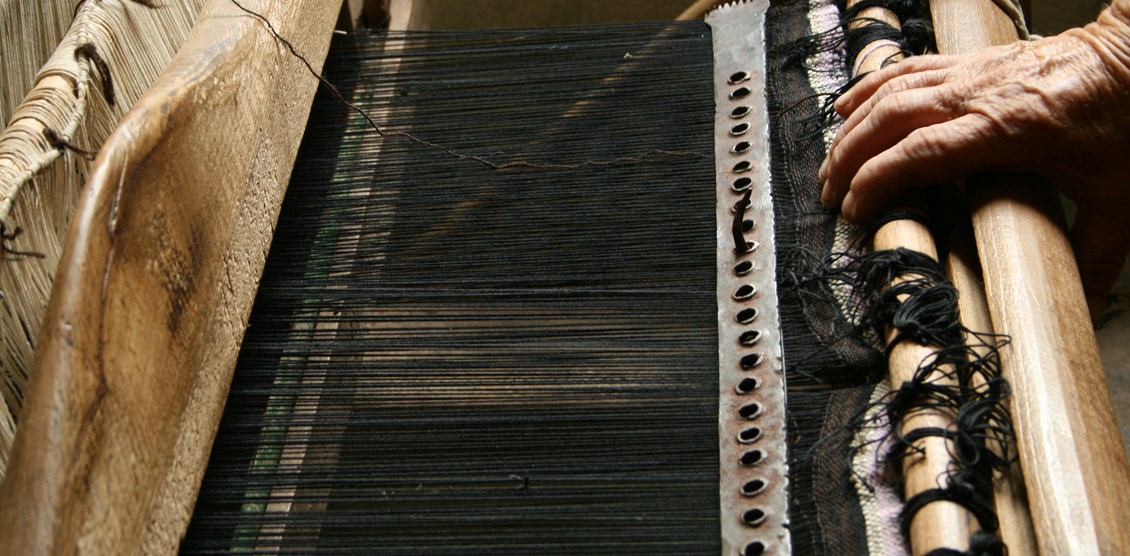
Crafts are the main means of living of the population in the towns and some of the big villages in the region of Belasitsa during the 19th and until the middle of 20th century. Unfortunately a large part of the crafts and traditions in have already been lost. The development of sustainable forms of tourism in the region and the creation of Belasitsa Nature Park could definitely help to preserve the crafts and traditional means of living in the area.
Woodworking has long-established traditions in this region. The spindle-makers and whittlers used materials from lime, poplar, beech, willow and alder trees as the most appropriate ones. The spindle-maker used them to prepare spindles for spinning and spinning-wheel spindles; the whittler made different types of spoons, ladles, wooden bowls, troughs and bread-troughs. Cooperage is another well-established craft, where people worked with wooden materials from chestnut, mulberry and oak trees to prepare vats for bacon, wine and marc, pickles, small lumps to beat butter, containers for water, rolling- pins, yarn-beams for the looms. Making pack saddles was one of the most developed crafts up to now. This was due to great demand for pack saddles, because the region has mountain relief and cargo animals were used a lot.
Pottery-making is a traditional and well-developed craft for the whole south-western part of Bulgaria. It was so well developed until the 1950s because the villages at the foothills of Belasitsa didn’t have water-mains and the population used a lot of pottery. The potters’ amount of work grew steadily due to the need for clay pipes during the drainage of villages.
Every village used to have a smith. He was responsible for maintaining the farm equipment. On the back of the agricultural instruments one can find the initials of its owner or those of the smith, while next to it stands the letter “s” for smith.
Copper processing was a well-developed craft in the region of Petrich. The coppersmiths were called bakardzhii during the Ottoman rule. The craft started to lose its importance in the last decades of the 20th century when the enamel wares gained popularity and also a high tax was imposed on the copper.
